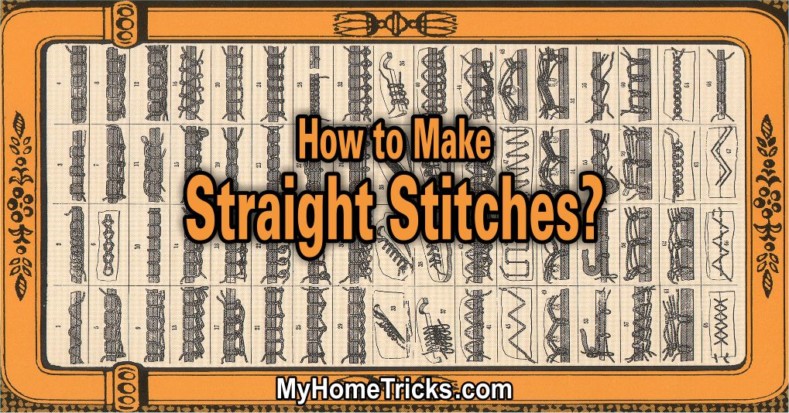Straight Stitches
Straight stitches have been used for centuries and can be seen in early samplers and many pieces of 17th-century needlework. You have already learned some decorative ways of using several straight stitches, but many other effects are also possible, as shown in the next project. Try experimenting with the variations shown below and with your own combinations of straight stitches and colors.
Using straight stitches in a fairly uniform way produces a textile that is close and hard-wearing. However, long straight stitches are less durable, as long stitches can loosen with wear. Another advantage of straight stitches is that they tend not to pull and distort the canvas as much as diagonal stitches do. With their clean areas of color, they are often used for certain areas in pictorial work, particularly as a random long stitch. Subtle gradations of color, as in Florentine work, are also possible. Straight stitches can be worked horizontally or vertically, in small groups or in rows, in patterns, or at random.
Straight Stitch Variations
Instead of working straight stitches side by side, which is the more usual way, you could try staggering the groups of stitches, as in the simple step variation shown in the diagram on the left above. In the middle diagram above, alternate blocks have simply been worked horizontally instead of vertically. The diagram above illustrates how stitches of different lengths can be used to make interesting patterns.
Long Straight Stitches
Long stitch is particularly useful for patterned areas. Each stitch is worked over one, then two, three, four, five, four, three, and finally two threads. The stitches in the second row are worked over five, then four, three, two, one, two, three, and four threads and share holes with those in the previous row. All rows are worked from left to right. Work ‘over and over’ as shown so stitches lie flat.
Parisian Straight Stitches
In this popular background or filling stitch, short and long stitches alternate. The short stitches of one row share holes with the long stitches of adjacent rows and vice versa so that the rows interlock. Parisian stitch may be worked over six and two threads, as here, or four and two. Or three and one. The rows are worked alternately from left to right and from right to left.
Brick Straight Stitches
A useful filling stitch that is good for shading, the brick stitch is worked over two, four, or sometimes six threads. All the stitches are of the same length, but alternate stitches begin halfway up from the first stitch. Rows are worked right to left, then left to right.
Random Long Straight Stitches
Random long stitch, which is ideal for filling large areas of canvas quickly, is worked in varying lengths along each row. It is worked row by row, alternately from left to right and then from right to left, with the rows interlocking.
Tip: To find other articles on Straight Stitches and similar subjects, you can use the “tags” below.






